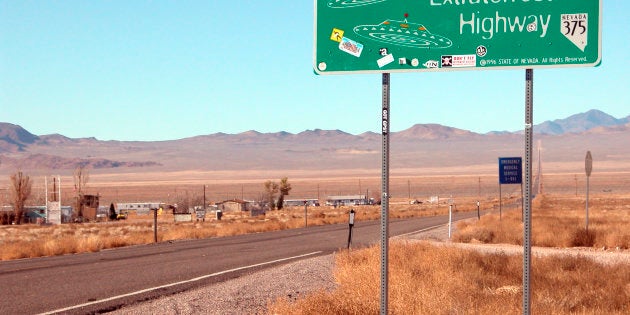
UFOs and aliens have long been fodder for popular fiction writers, and remain the subject of some of the most compelling and popular movies of the last century. From The War of the Worlds to ET and Contact -- the list of books and films exploring otherworldly invasions and unidentified flying objects is extensive, and we still want more. But beyond those imagined scenarios of aliens attacking, befriending or simply trying to communicate with us, has been a number of legitimate incidents that have given scientists, conspiracy theorists and regular folk reasons to believe that other life forms exist. Below, we take a look at five of the most captivating incidents across the globe...
Roswell UFO Incident, 1947, New Mexico, US
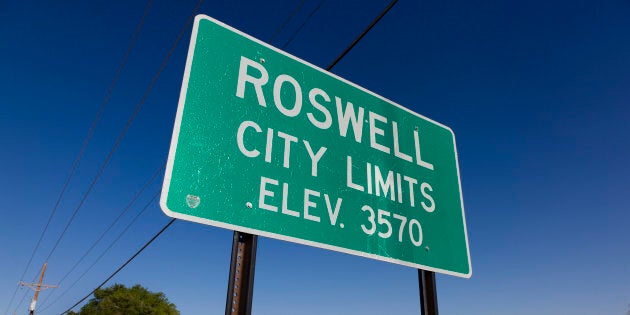
On July 7, 1947, William Brazer, a rancher worker, reported to local authorities that he had stumbled upon pieces of strange debris in a farm near the US town of Roswell. The following day, a press release from Roswell Army Air Field said that a "flying disk" had been found. The official story was later amended and the public told it was a weather balloon. That was the end of it for 31 years, until UFO researchers interviewed the late Jesse Marcel Jr . Marcel Jr said that his father -- an air force intelligence officer -- had shown him the debris, and claimed it was from an alien spacecraft.
Conspiracy theorists fuelled the debate, but a report from the United States Air Force was published in 1994 confirming the debris was from a highly classified US Army Air Force venture called Project MOGUL -- where weather and Skyhook balloons were used to "determine the state of Soviet nuclear weapons research". B.D Gildenburg a Skyhook ballon specialist who worked on Project MOGUL, wrote an essay for the Skeptical Inquirer in 2004, where he debunked UFO theories such as Roswell.
Gildenburg said that the balloon launch sites' proximity to sites such as Roswell -- along with the balloons' appearance -- account for the claims of UFO sightings. "Primarily cruising in the stratosphere, the balloons change color at high altitudes during sunrises and sunsets, while the Earth below is almost dark. These characteristics equate to a superb UFO generator,' he wrote.
Westall Incident, 1966, Victoria, Australia
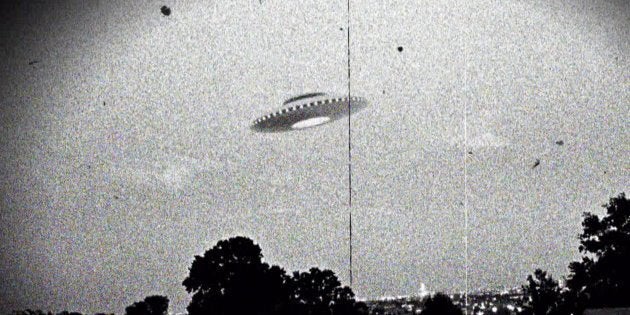
This year marks the 50th anniversary of Australia's most famous UFO citing. At 11am on 6 April in the Melbourne suburb of Clayton South, 200 students and teachers at Westall High School and Westall State School claimed to have seen a low-flying metallic object moving across the sky, land and then disappear. "I was about six metres away from it. It was bigger than a car and circular. I think I saw some lights underneath it," former student Terry Peck said in an interview with the Herald Sun. Though the incident remains unsolved, government documents have indicated that it was not a UFO sighting, but a HIBAL balloon -- part of a US-Australian programme to monitor radiation levels. "My hypothesis is that the incident involved not a UFO, but a high altitude balloon, its parachute and large payload," researcher Keith Basterfield said in a separate Herald Sun interview.
Wow! Signal, 1977, Ohio, US
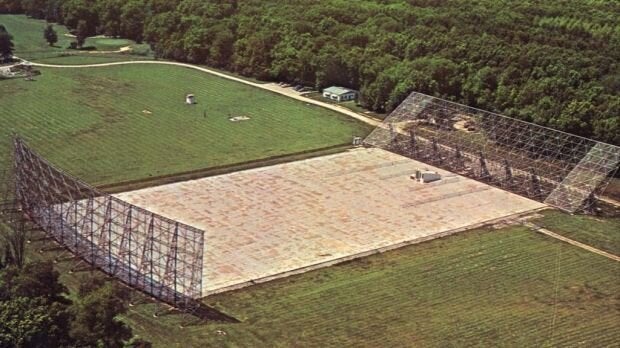
Thought to be the best candidate for an alien radio transmission, the Wow! signal is named thus because of astronomer Jerry Ehman, who wrote the phrase 'Wow!' next to the data signal he received via the Big Ear Radio Telescope. Ehman was part of the SETI community (Search for Extra-Terrestrial Intelligence) -- a field of science interested in listening to microwave frequencies for signs of other civilisations.
"It came from the constellation Sagittarius, lasted 72 seconds and was considered the earliest alien radio signal detected, although it's never been verified and heard again," Noel Welstead said, director of the not-for-profit Australian SETI Research and Community Development Institute that's been operating from just south of Brisbane since 1998. Welstead, who said SETI likes to distance itself from conspiracy theorists, acknowledges sometimes these signals are no more than cosmic spam. New Scientist published a report earlier this year that said the signal was most likely a result of passing comets.
Viking Rover, 1976, Mars
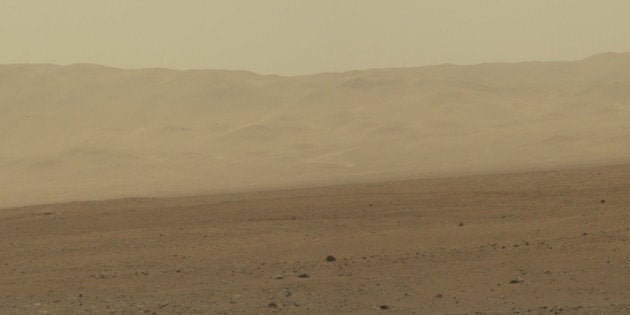
An article published in October in the peer-reviewed journal Astrobiology says that contrary to , Viking Rovers 1 and 2, which landed on Mars in 1976, could offer evidence of life on Mars. Soil had been collected in 1976, but when tested at the time was found to not show conclusive signs of microbial life. The authors believe the process could have been flawed and NASA concurs there's a strong case for re-examination.
If it turns out to be a red herring, Australian geologist Abigail Allwood could offer another hope. In 2020, she will be the first woman and the first Australian to lead a NASA team to the red planet where, using technology she designed, will look for traces of organic material in the rocks. "To wake up one day with a new understanding that life is not unique to earth cuts to the very core of our being," she said in an interview with Voyeur magazine.
Rendlesham Forest Incident, 1980, Rendlesham UK
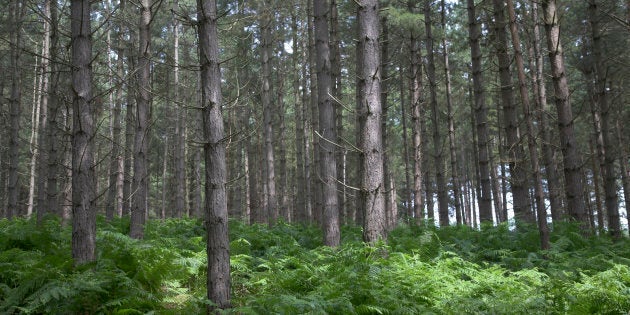
On December 26, 1980, US military personnel who were stationed at an RAF Bentwaters base near Rendlesham in Suffolk, England claimed to have seen strange lights, an unidentified craft and impression marks it left in the forest. The story was well documented -- eventually making front pages news on national British newspaper News Of The World in 1983 with the headline 'UFO Lands In Suffolk -- And That's OFFICIAL' -- and gained momentum because it was verified by a number of apparently credible witnesses.
However, the British government quashed claims of extraterrestrial life. "No evidence was found of any threat to the defence of the United Kingdom, and no further investigations were carried out. No further information has come to light which alters our view that the sightings of these lights was of no defence significance," the Ministry of Defence -- who ceased UFO investigations in 2009.
But many still believe. Lt Col Charles Halt -- who was serving as deputy base commander at RAF Bentwaters at the time of the incident -- said in 2015 that he had compiled evidence suggesting the sighting was indeed extraterrestrial. "A lot of people kept their mouths shut until they retired," he told the BBC of his former colleagues. "Wattisham (in Suffolk) Radar...definitely picked something up... one of the operators has confirmed that they did pick something up, a 'bogie' they call it, and it went into the forest, or they lost it near Rendlesham Forest." He also said he believes the object was not operating independently. "Whatever was there was clearly under intelligent control," he said.
If we make contact with alien life, how will we communicate with them? When space crafts appear across the globe, expert linguist Louise Banks (Amy Adams) and her team attempt to decipher the mysterious language used by the extraterrestrial crafts. But are they friend or foe? And will Banks find out in time? Arrival is in cinemas across Australia from November 10. Find out more at arrivalmovie.com
5 Times We Thought We'd Made Contact With